
Julio Galán, Sin Titulo, unknown date
There are a handful of artists whose work stays with you long after you've turned away. Julio Galán is one of them.
Raised in a traditional aristocratic Catholic family in Múzquiz, Mexico, Galán bonded with the women in his family–his mother, Elisa Romo, and his many sisters. These women were essential in shaping who he became. His mother, whom he described as “ elegant and eccentric”, showed her affection for her son with dolls–glittering masks and theatrical flair–gifts that would shape his identity. The men in his family taught him something different. Hunting was their favorite pastime, and through it Galán developed an aversion to violence and a lasting fascination with death.
The young artist nurtured himself as a schoolboy by visiting Monterrey’s Guillermo Speulvada Gallery after school. He would stand for hours in the exhibitions, becoming intimate with major figures–Picasso, Miro, Chagall–names of significance in the art world. After high school, Galan returned to the gallery, portfolio in hand. This introduction became his first solo show, and with it the commencement of a global career.

Julio Galán, No Tengo Sueños, 1994, oil, oil stick and collage on canvas, Painting, 39 3/8 x 31 1/2 inches
Using iconography pulled from Catholic martyrdom and personal memory, Galán developed his own language, translating his thoughts visually. Galán’s paintings bleed with feeling and defiance. As he upends his culture’s idols, he portrays himself as his primary subject.
He did not so much paint scenes as create his own worlds: intense and purposeful. In them, religious figures intertwine with dolls, family trauma with glittering masks. His canvases invite the viewer not to observe from a distance, but to enter them, embarking on a journey through memory and ritual. For Galán, identity was never something singular. It changed with every painting, and with each found a profound voice.
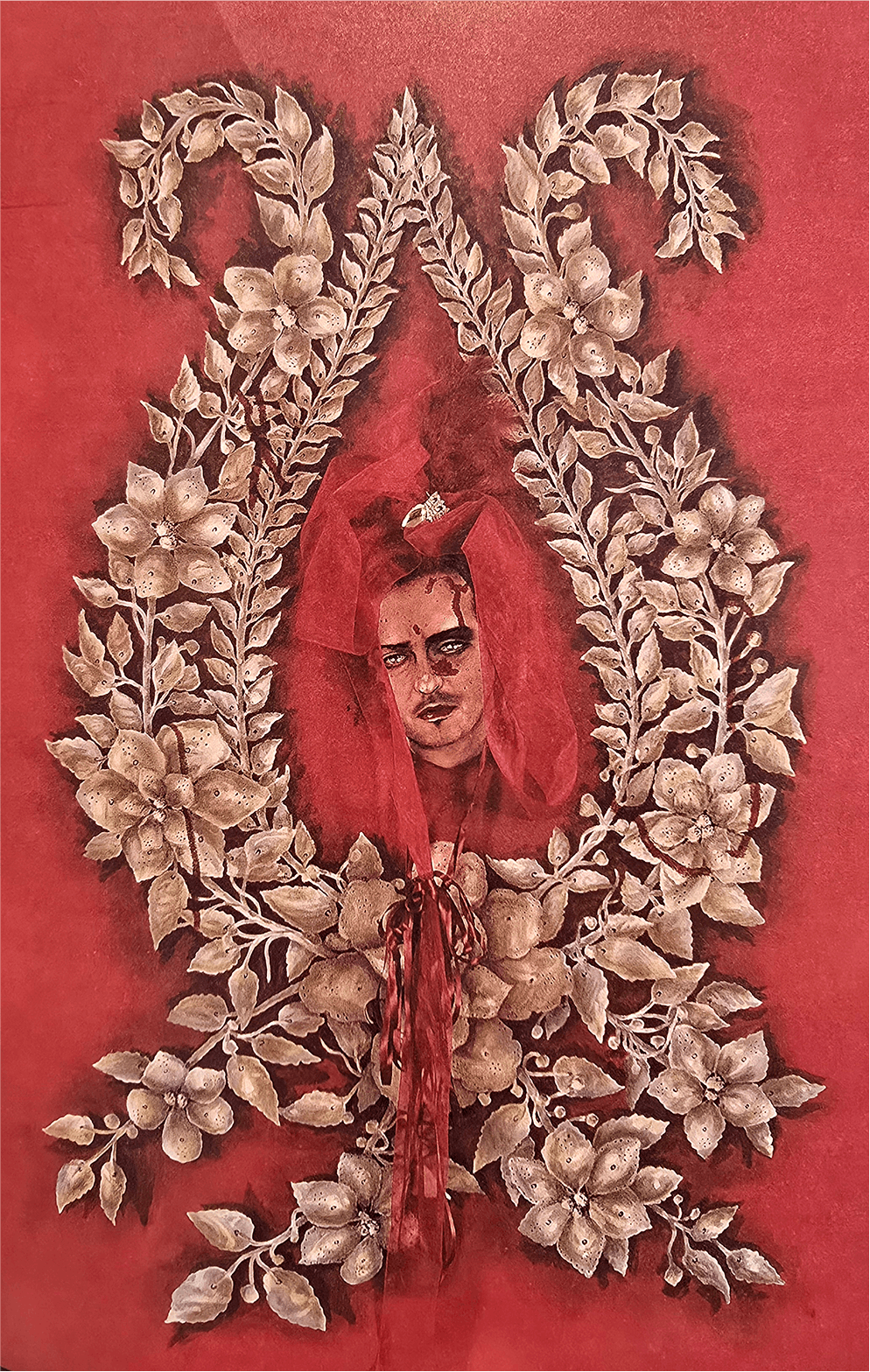
Julio Galán, Sin Titulo, 1988, pastel on paper, 39.4 x 27.6 inches
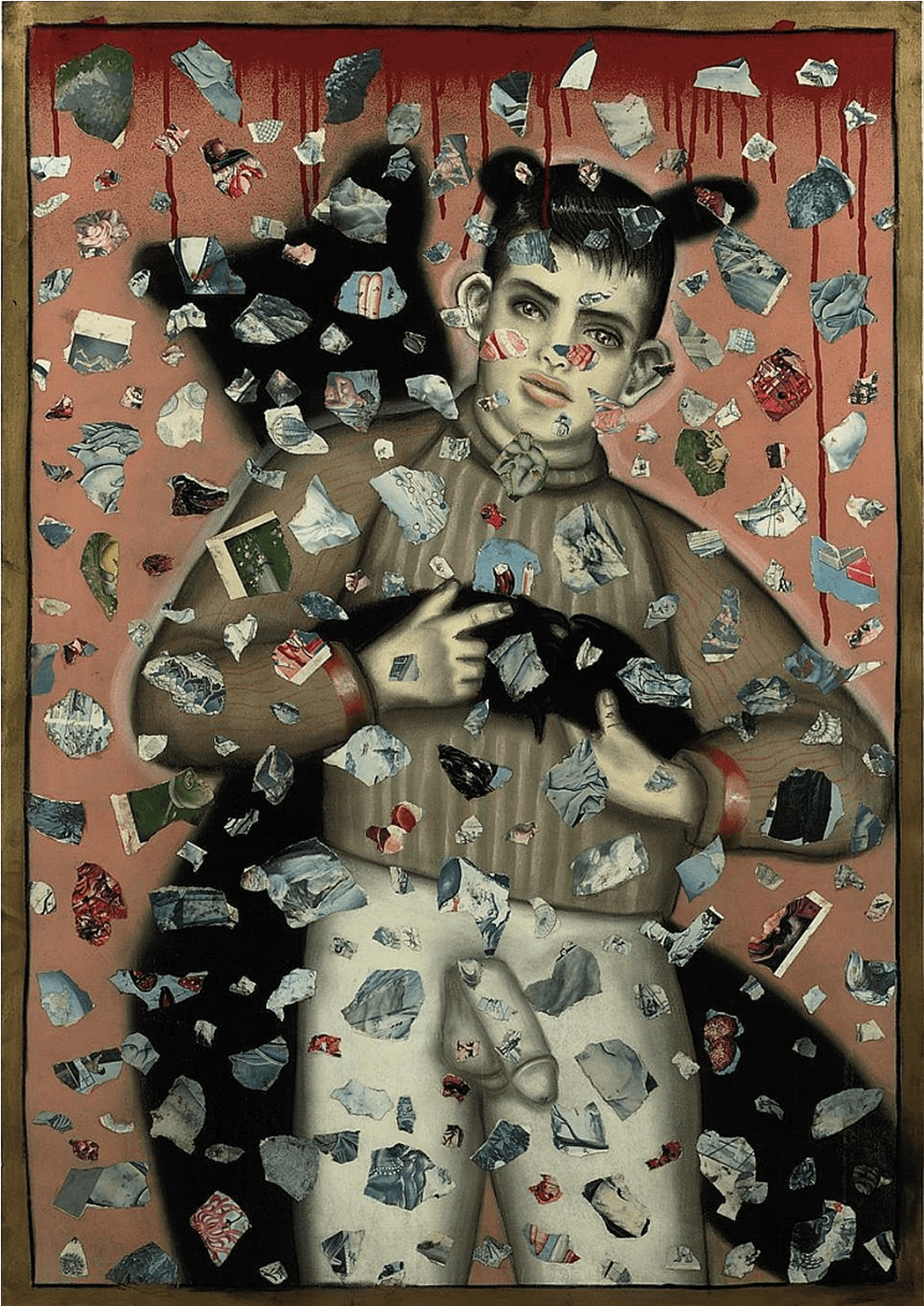
Julio Galán, Sin Titulo, 1988, Medium pastel, spray paint and collage on paper, 39.4 x 27.6 inches
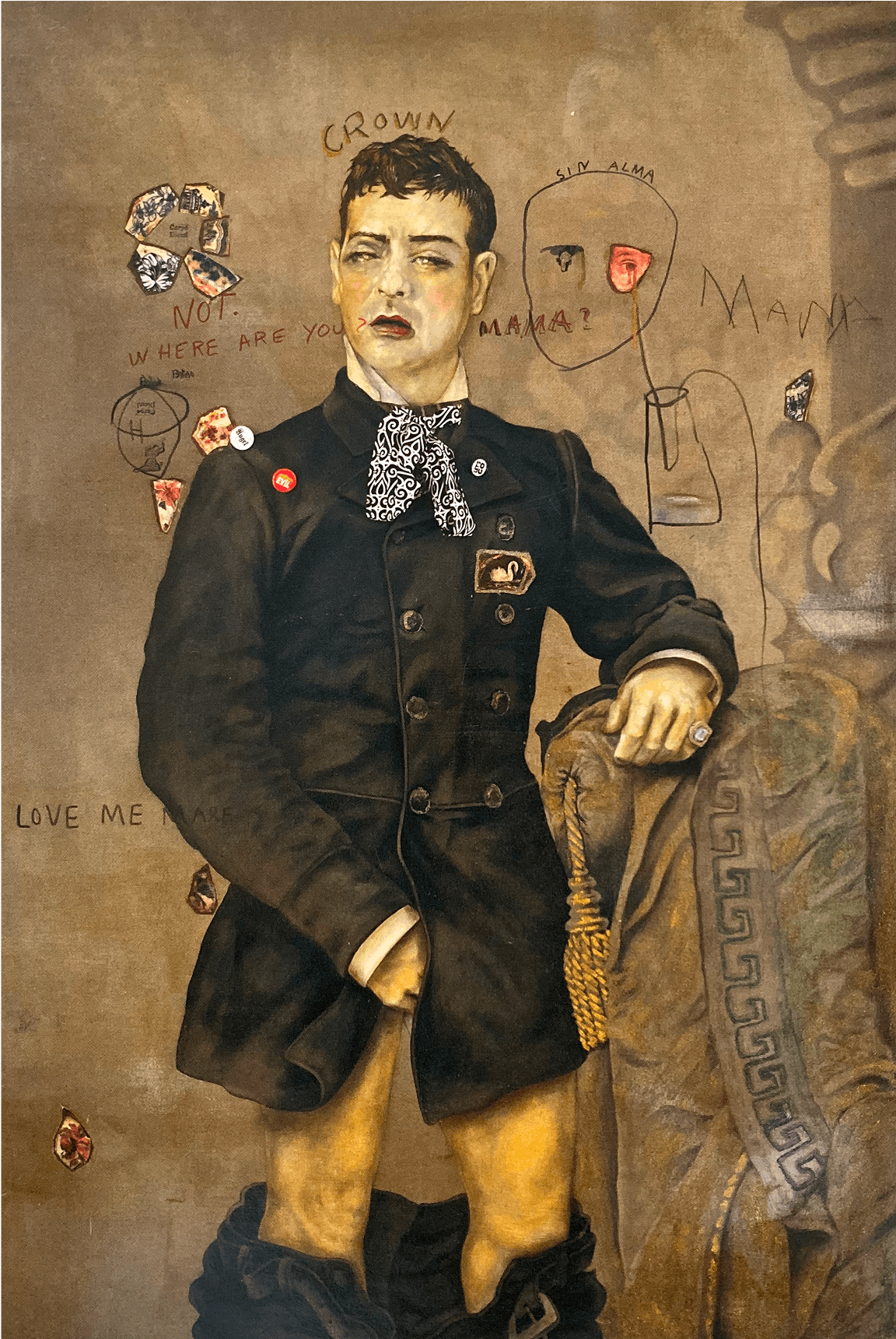
Julio Galán, My Mirrors, 2001, Announcement card, 8 3_8 x 5 11_16
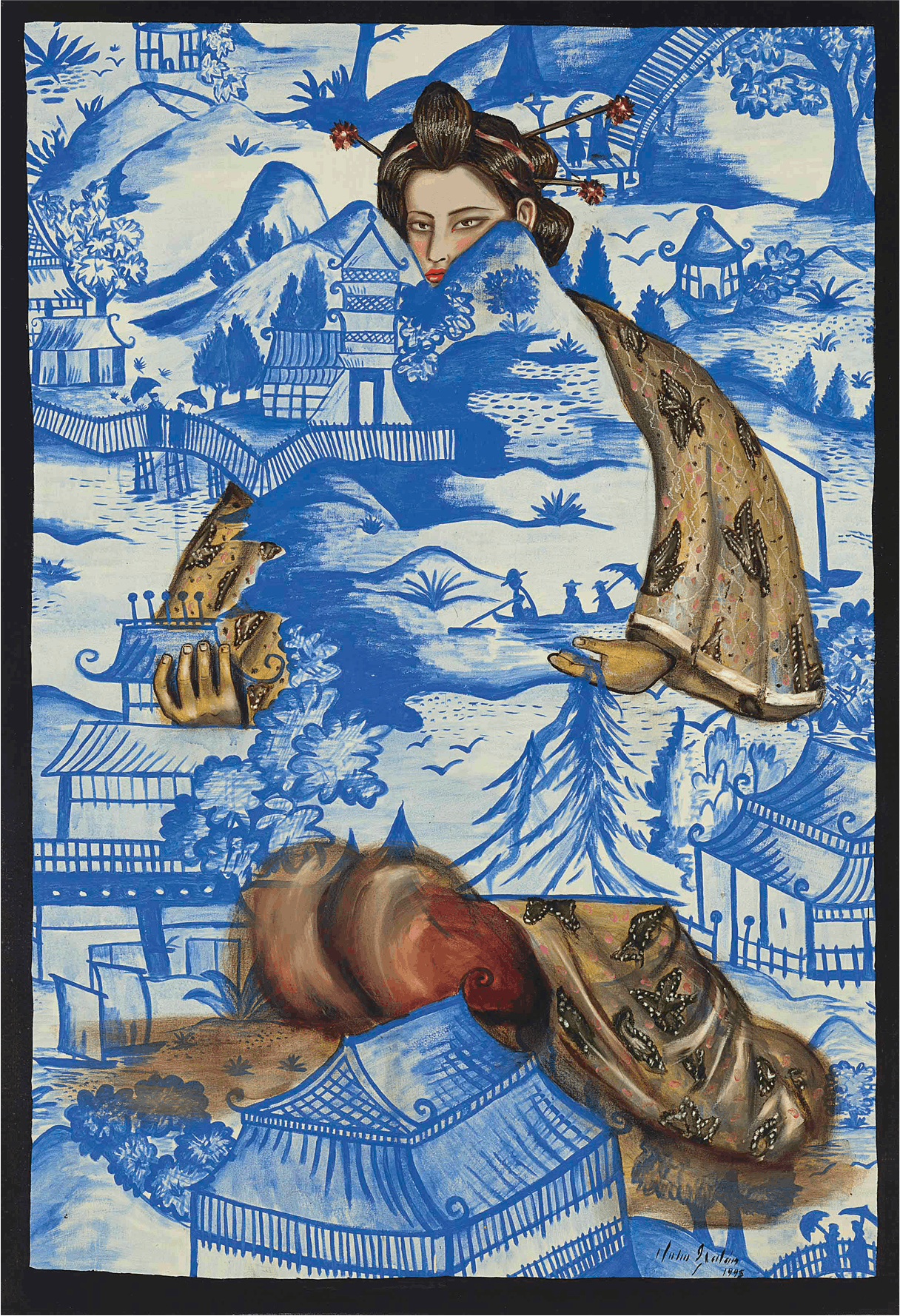
Julio Galán, You Are Gonna End Up With Me, 1995, oil on canvas 74½ x 51 in
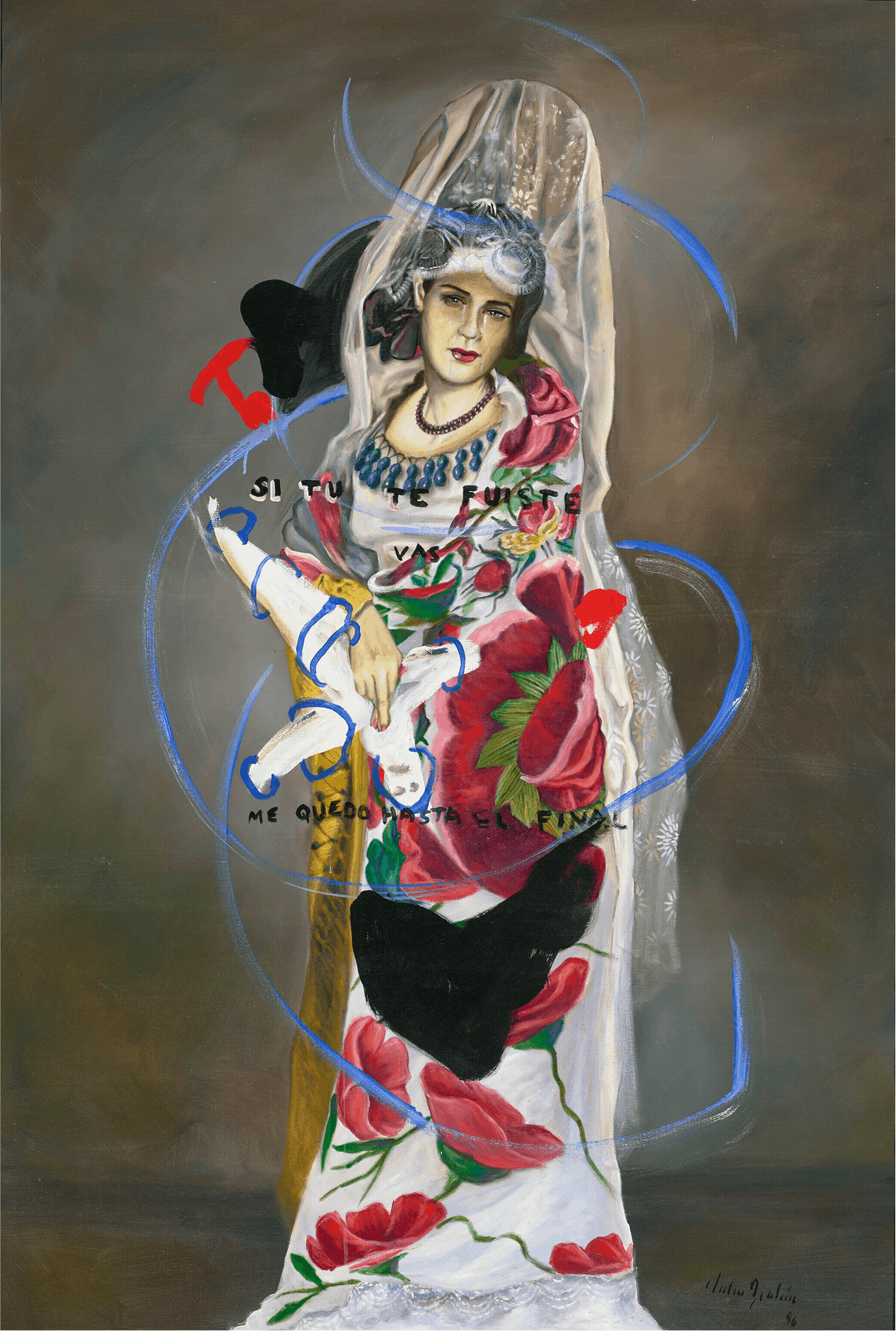
Julio Galán, Si tu te vas, yo me quedo hasta el final, 1996, oil on canvas, 75 x 51.5
Julio Galán, Niño elefante tomando Ele-rat 7, 1985, Oil and acrylic on canvas, 117 x 188cm
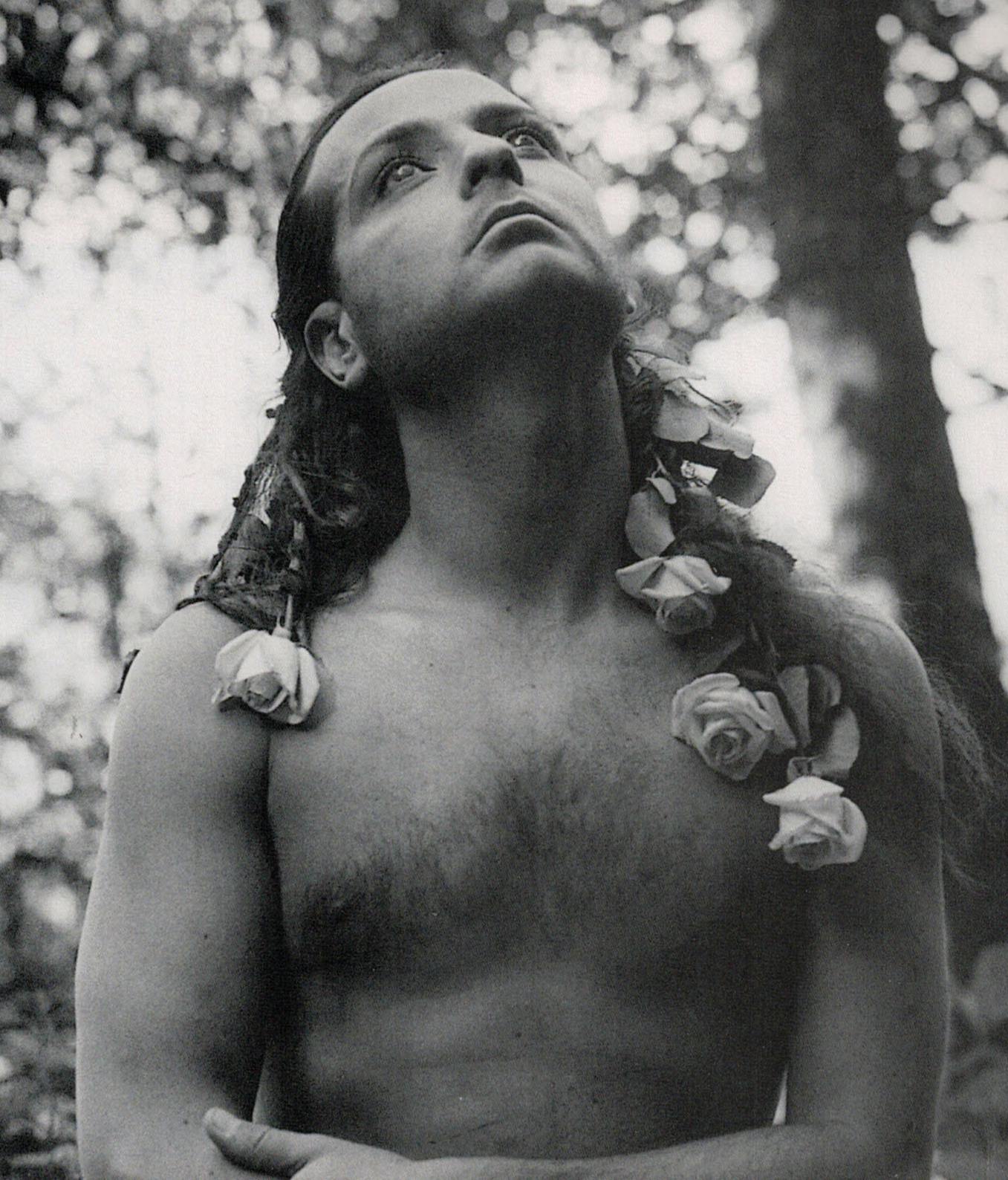
Julio Galán
Born: 1958, Muzquiz Mexico Died: 2006 Exhibitions (selected): 1989 - Magicians de la terra, Center George Pompidou, Paris 1993 - Latin American Artists of the Twentieth Century, Museum of Modern Art, NY; 2022 - Julio Galán–A Rabbit Cut in Half, Museo Tamayo, Mexico City, MX, Museo de Contemporaneo de Monterrey, Monterrey MX; 2021 - Greater New York 2021, MoMA PS1 Long Island City, NY; 1992 - Stedelijk Museum, Amsterdam, NL; 1992 - Contemporary Arts Museum Houston, Houston, TX; 1995 - Whitney Biennial, New York; 1983 - Havana Biennial, Havana
